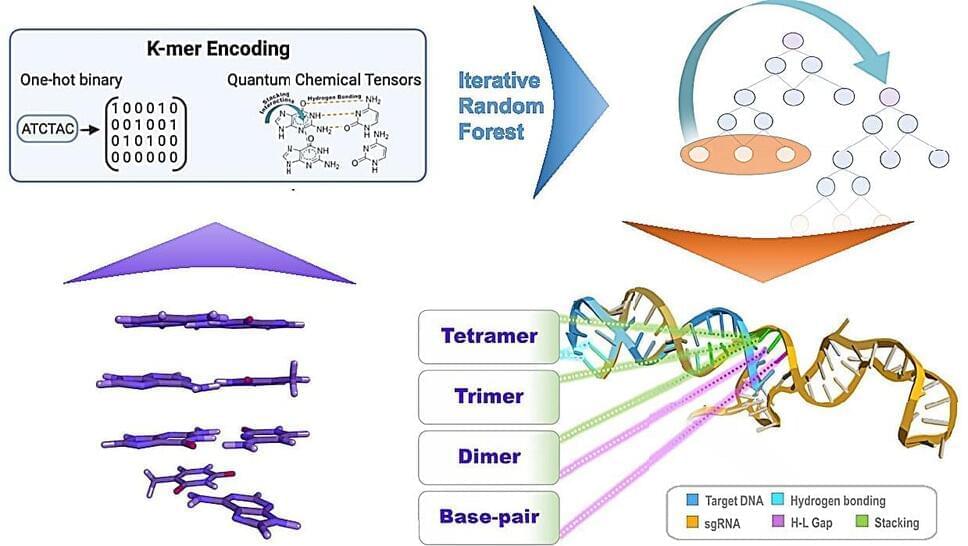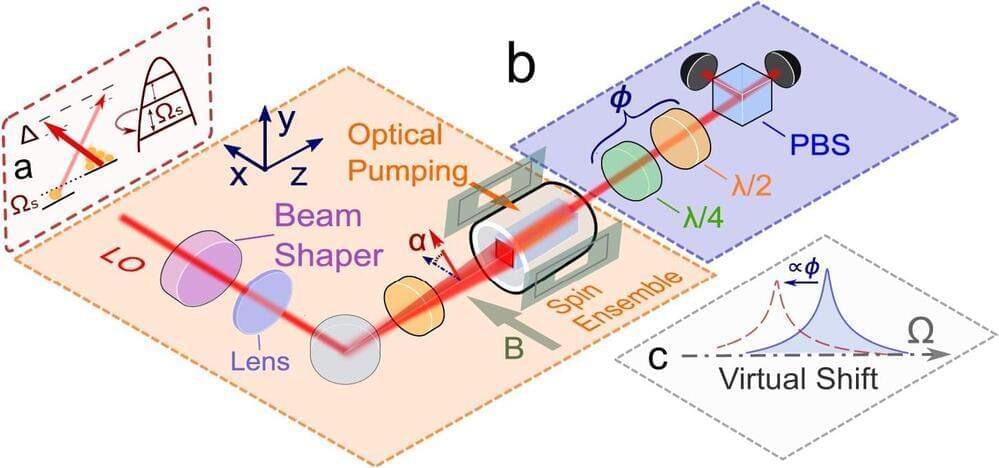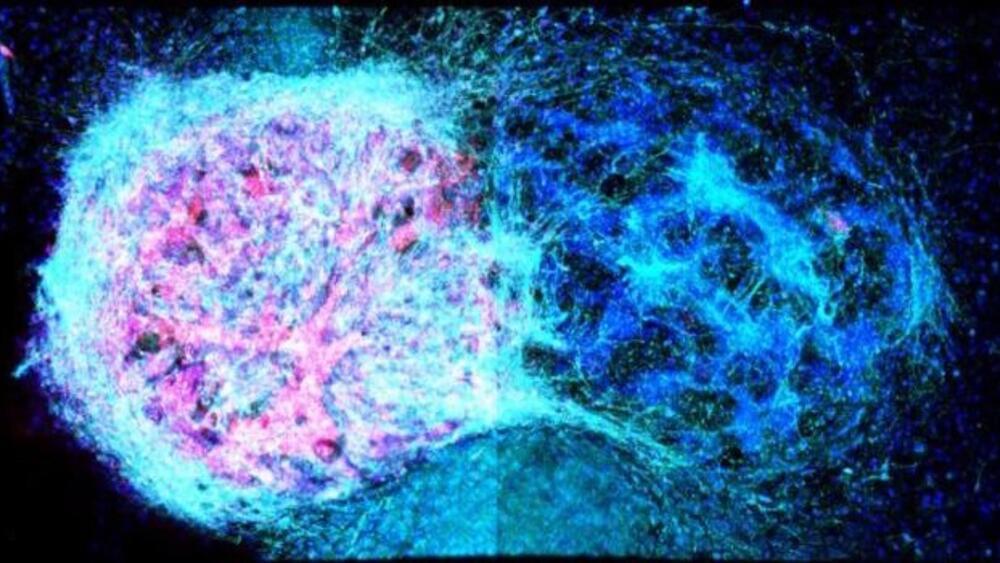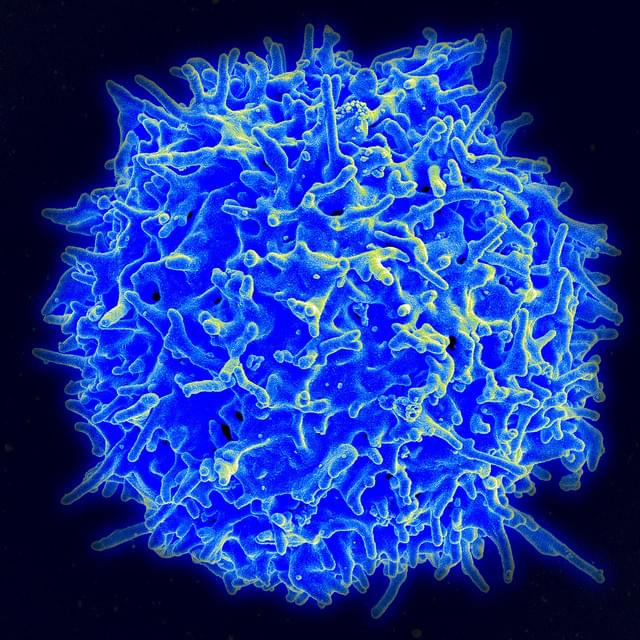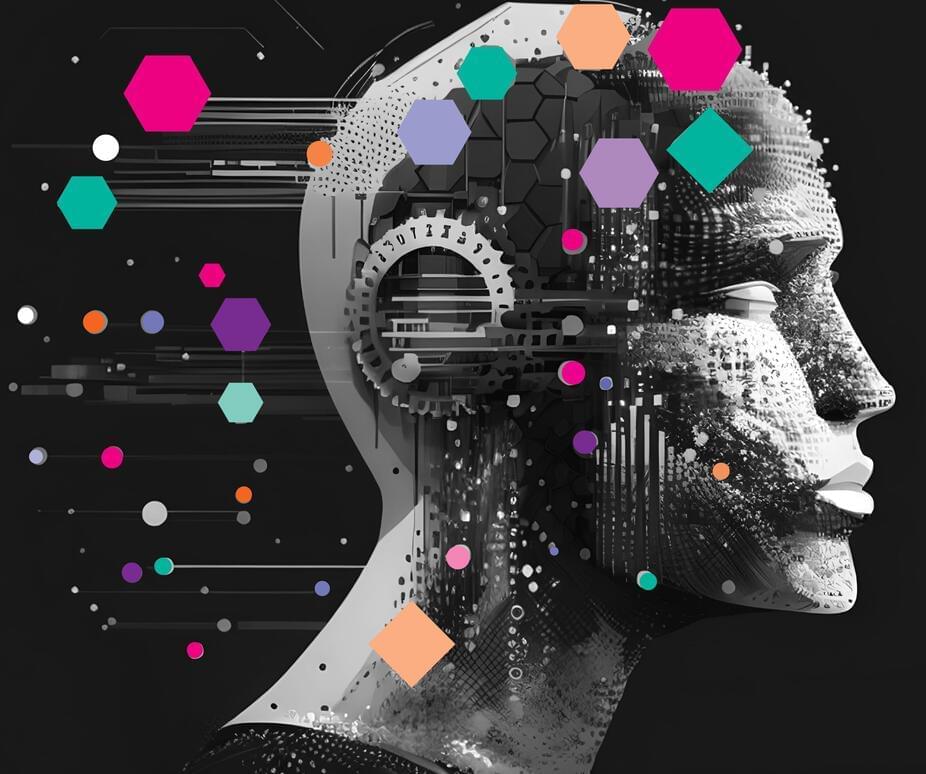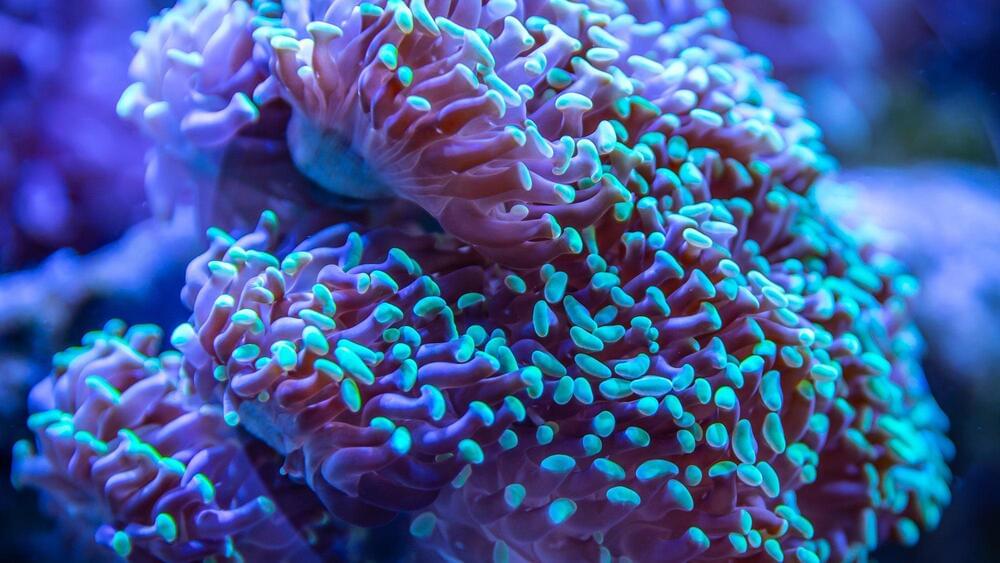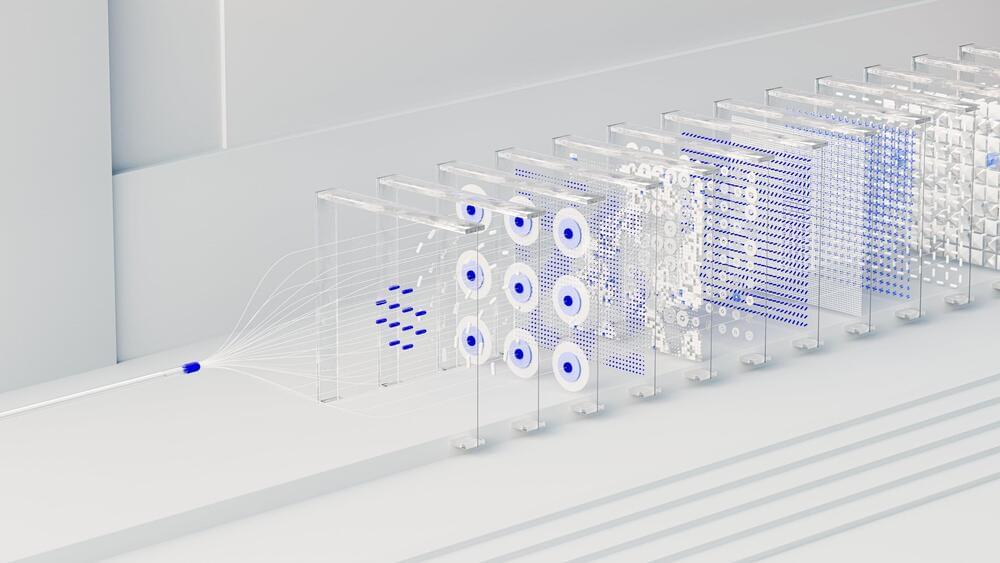Last week was an important moment in the debate about AI, with President Biden issuing an executive order and the UK’s AI Safety Summit convening world leaders.
Much of the buzz around these events made it sound like AI presents us with a binary choice: unbridled optimism, or existential fear. But there was also a third path available, a nuanced, practical perspective that examines the real risks and benefits of AI.
There have been people promoting this third perspective for years — although GPT-fueled headlines of the past 12 months have often looked past them. They are foundations, think tanks, researchers and activists (including a number of Mozilla fellows and founders) plus the policymakers behind efforts like last year’s AI Blueprint for an AII Bill of Rights.

